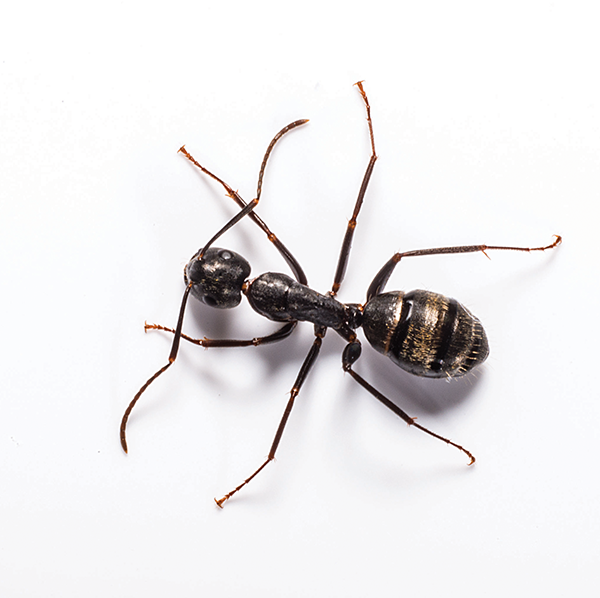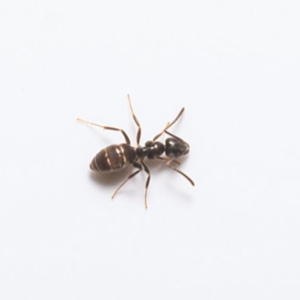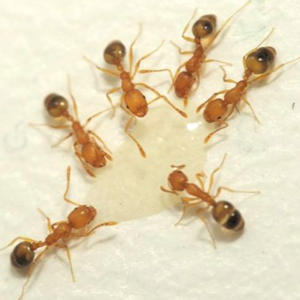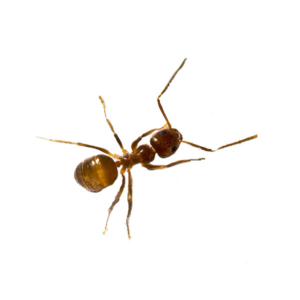
Carpenter Ants in Atlanta, GA
Named for their nesting habits, carpenter ants tunnel through wood, crafting smooth tunnels and galleries. Often confused with termites, these pests damage wood by constructing nests within it. Their excavation activities compromise the structural stability of residences and commercial spaces. While they don’t consume wood, carpenter ants burrow through it, leaving hollow spaces for nesting. This continual activity leads to severe wood damage, transforming sturdy structures into hollow shells. While they have a diverse diet, carpenter ants favor the sweet honeydew produced by plant-feeding insects.
Carpenter Ant Habitat
Attracted to moisture, carpenter ants nest in various spots, indoors or outdoors, usually close to damp, deteriorating wood. In residential or commercial spaces, the primary nest is often situated outside in a tree, stump, or woodpile. Indoors, these nests tend to form in moisture-laden areas caused by leaks, like attic rafters, overhangs, wall gaps, hollow doors or columns, crawl spaces, and behind dishwashers. Whenever indoor carpenter ant infestations occur, they’re consistently linked to moisture problems in homes or businesses.
Carpenter Ant Behaviors, Threats, or Dangers
Carpenter ants are a significant concern for homeowners. Despite their rare biting tendency and general perception as harmless, their tunneling behavior undermines and compromises the structural stability of homes and commercial establishments. Typically, carpenter ant swarms emerge during spring, signaling nearby nesting colonies. Indicators like small piles of sawdust or faint rustling noises within walls suggest a potential carpenter ant infestation. While not as destructive as termites, if ignored, these ants systematically damage homes and valuable wooden items. If you suspect a carpenter ant invasion, don’t hesitate to contact a professional exterminator.




